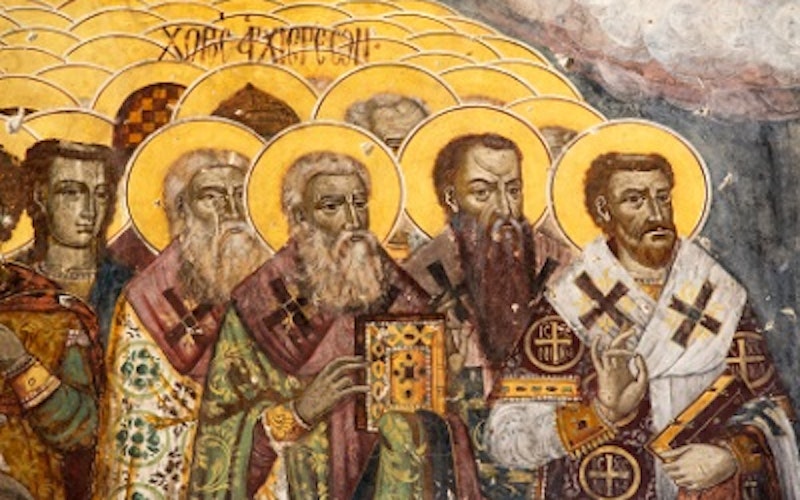
Culture At Large
In Defense of Christian Bubbles
Bubbles saved civilization once, or at least that’s the way Thomas Cahill tells it in How the Irish Saved Civilization. At the precipice of loss of the received knowledge of the ancient Roman world, the wisdom of that time was preserved in remote monasteries at the edge of civilization. And despite this lasting service, a brand of coercive and stifling pluralism hates on bubbles. It baffles me.
Last week on Think Christian, Shiao Chong questioned the value of such bubbles on the heels of Troy University starting a new residence hall for those who are spiritually active and actively engaged in faith-based campus organizations. This, he suspects, could be a recipe for a residence dominated by Catholic and Protestant Christians, pressing toward inter-denominational rather than inter-religious dialogue.
While sustaining the importance of faith in university life, Shiao is anxious about whether this constitutes the kind of real diversity that institutions should have. The specter of ghettoization, now very much alive and well in European politics, and of late Quebec, persists. Shiao calls this the making of a Christian enclave.
What exactly the defining features of an enclave versus a community are is a bit unclear, but even if we were to have such enclaves, the historical record doesn’t seem to merit the rather sweeping pessimism that they are “rarely good soil for growing missional Christians,” as Shiao describes it. He sees these ghetto enclaves as safe places with like-minded and same-behaved people. Wouldn’t actual churches qualify as such enclaves? Certainly Cahill’s monastic communities would. The bedrock monastic rules of life do not leave a lot of room for diversity and yet these institutions, these communities - carefully tended, cautiously formed - were the black earth from which revival and renaissance sprang.
Jesus practiced bubbles, utterly until He was 30, and then consistently punctuated His life with them thereafter.
The journey in must fund the journey out, an almost tired truism of spiritual formation. This is the example of Jesus in the New Testament, a man who took great care before He began His earthly ministry, by tradition at the age of 30, to be deeply formed by the love of the Father. Even after He began, the Scriptures record manifold instances where He withdrew in solitude, or only with His disciples. In others words, Jesus practiced bubbles, utterly until He was 30, and then consistently punctuated His life with them thereafter.
This is the kind of exclusivist bubbling reminiscent of formation across religious traditions. It’s about sinking our roots deep before - and then persistently during - our cosmopolitan call to service. It’s both/and, sure, but one does come before the other. We are beloved, and therefore we love.
Christian community is a treasure of incomparable worth, its cultivation and reality a fleeting one in Canada and America. We are absorbed, penetrated, by the rituals and liturgies of shopping and consuming, by the seductive sirens of the politics of efficiency, productivity and recognition. Bubbles are endangered species, yet they are the very soil from which community, from which mission, grows.
“The World Can Wait,” sings Over the Rhine, and let it, if we can. Not very long from now we’ll be neck deep in all the world has to offer, its joy and its brokenness, every last drop of it. It will wait. It will be there when we’re done. Our enclaves, our bubbles, if that’s what they are, barely survive them. Probably they haven’t.
But This is Our City, and we need carpenters and architects deeply rooted in the Gospel, bearing fruit of transformational grace, for service of the common good. What most of us would give to tap back into the bubble for a bit, the kind of community and safety to ask big questions, to press hard issues, to explore the cutting doubts. Take the bubbles where you can. They never last long.
Topics: Culture At Large